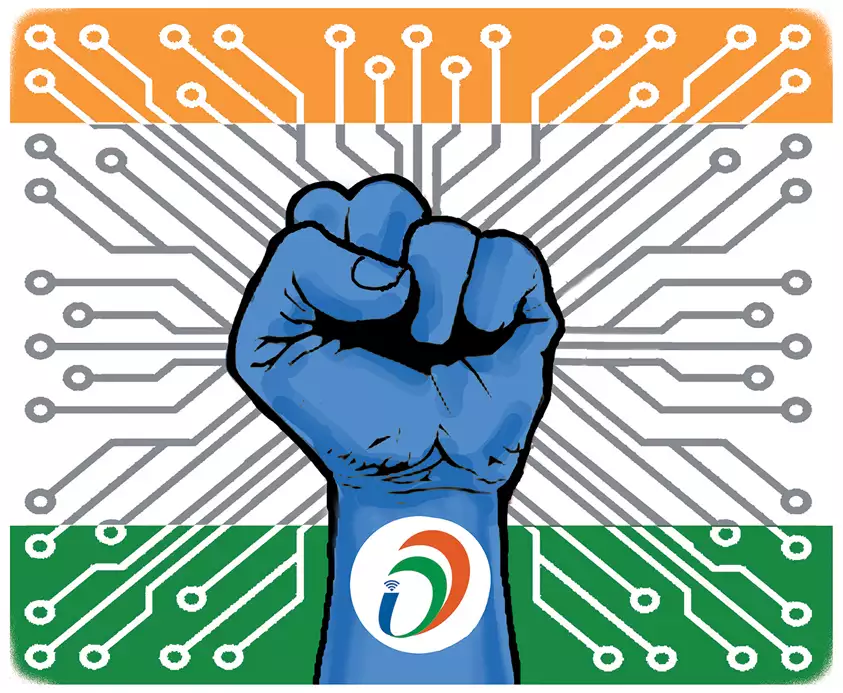Introduction
Digital India, launched by the Indian government in 2015, is a program that seeks to propel India into a digitally empowered society and knowledge economy. Its overarching goal is to ensure citizens have access to digital services, such as education, healthcare, and financial services, while also establishing a robust digital infrastructure to fuel the nation’s economic growth. In this blog post, we will delve into 10 key advantages of Digital India.
We have initially listed the 10 advantages of Digital India, followed by an elaboration of each advantage with detailed information.
Official Government Website: Digitalindia.gov.in/
Top 10 Advantages of Digital India
- E-Governance and Simplified Services
- Financial Inclusion and Digital Payments
- Digital Infrastructure Development
- Connectivity and Internet Access
- Skill Development and Employment Opportunities
- Digital Literacy
- Improved Access to Education and Healthcare
- Digital Identity and Authentication
- Start-up and Entrepreneurship Support
- Environmental Sustainability
In Detail about 10 Advantages of Digital India
Advantage 1: E-Governance and Simplified Services
Digital India promotes e-governance, making government services accessible to citizens electronically. Online portals and platforms enable hassle-free access to government schemes, applications, and forms, reducing paperwork, bureaucracy, and corruption.
Must Read: 10 Advantages of Offline Classes [The Real Truth]
Advantage 2: Financial Inclusion and Digital Payments

Digital India promotes financial inclusion by encouraging the use of digital payment systems and banking services. Initiatives like Unified Payments Interface (UPI) and BHIM (Bharat Interface for Money) enable secure and convenient transactions, reducing the dependency on cash.
Advantage 3: Digital Infrastructure Development
The initiative focuses on the development of digital infrastructure, including the establishment of more data centers, Wi-Fi hotspots, and the expansion of the National Optical Fiber Network (NOFN). This infrastructure facilitates efficient and secure data transmission across the country.
Must Read: Top 10 Advantages of Watching Tv
Advantage 4: Connectivity and Internet Access

Digital India aims to provide high-speed internet connectivity to all citizens, including those in remote areas. This ensures that people can access information, services, and opportunities available online, fostering inclusivity and reducing the digital divide.
Advantage 5: Skill Development and Employment Opportunities
The program emphasizes skill development and training in digital technologies, empowering individuals with the necessary skills for the digital era. This enhances employability and creates job opportunities in sectors like IT, e-commerce, and digital marketing.
Must Read: 10 Advantages of City Life
Advantage 6: Digital Literacy

Digital India aims to enhance digital literacy among citizens, particularly in rural areas. Training programs and initiatives help individuals understand and effectively utilize digital tools, online services, and information resources, enabling them to participate actively in the digital economy.
Advantage 7: Improved Access to Education and Healthcare
Digital technologies in education and healthcare play a vital role in Digital India. Online learning platforms and e-learning tools provide access to quality education, especially in remote areas. Telemedicine and telehealth services enable remote consultations and medical assistance, improving healthcare access.
Must Read: Top 10 Most Richest Politicians in India [2023]
Advantage 8: Digital Identity and Authentication

The initiative promotes the use of Aadhaar, a biometric-based unique identification system, for authentication and verification purposes. This helps in reducing identity fraud, streamlining service delivery, and ensuring efficient implementation of welfare schemes.
Advantage 9: Start-up and Entrepreneurship Support
Digital India fosters an entrepreneurial ecosystem by providing support and incentives for start-ups and digital entrepreneurs. Initiatives like Start-up India and Make in India encourage innovation, job creation, and the growth of the digital economy.
Must Read: 10 Most Expensive Things in India
Advantage 10: Environmental Sustainability
Digital technologies contribute to environmental sustainability by reducing paper consumption, promoting e-governance, and enabling remote collaboration and telecommuting. Digital India encourages the adoption of eco-friendly practices, contributing to a greener and more sustainable future.
Conclusion
In conclusion, Digital India has brought about a significant transformation in the country, offering numerous advantages that have positively impacted various sectors and the lives of citizens. We have explored 10 key advantages of Digital India, including enhanced connectivity and internet access, simplified e-governance, digital infrastructure development, financial inclusion through digital payments, skill development and employment opportunities, digital literacy, improved access to education and healthcare, support for start-ups and entrepreneurship, digital identity and authentication, and environmental sustainability.
However, it is important to acknowledge that alongside these advantages, there are also certain disadvantages or challenges that need to be addressed. These can include issues related to data privacy and security, the digital divide in reaching remote areas and underserved communities, the need for continuous upskilling to adapt to rapidly changing technologies, and potential job displacement in certain sectors.
Recognizing these challenges is crucial in formulating strategies and policies that mitigate risks and ensure a more inclusive and sustainable digital ecosystem. By addressing these concerns and leveraging the advantages of Digital India, we can create a balanced and equitable digital society that benefits all citizens

